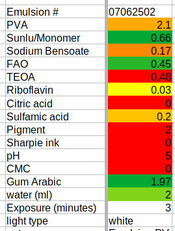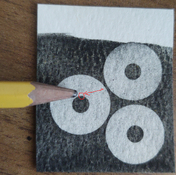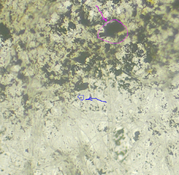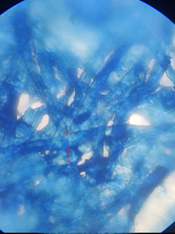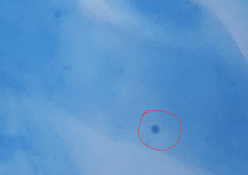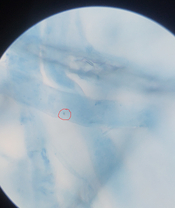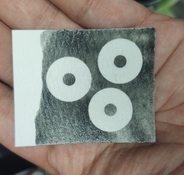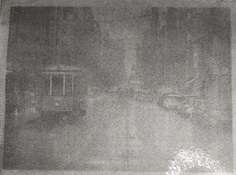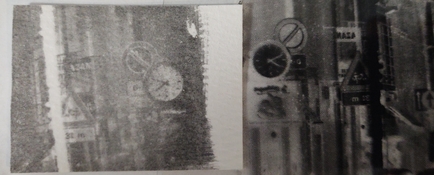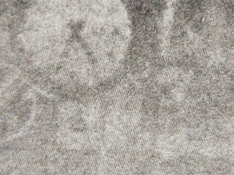There's a number of things you hypothesize in your post about the size of pigment particles. I'm not sure if your statements hold up, although I'm not sure how accessible/easy to find is information on the exact physics involved.When the particles are too small and they do go into the paper, then you got a stain that you cannot remove due to physics.
In general, what I've learned so far on pigments is the following
* Some pigments are more transparent than others.
* Some pigments stain more so than others.
With regard to these performance aspects, there are differences between pigment types as well as the same nominal pigment from different manufacturers. It's furthermore important to consider the fact that you're never working with a 'pigment' as such, but always with a pigment dispersion. This means that the raw pigment is already somehow made miscible with a water-based solvent. This involves mixing the pigment with one or more suitable dispersants and perhaps adjuvants like stabilizing agents, anti-microbial chemicals/preservatives etc. This dispersion technology can be rather crude and rely on common ingredients; for instance, for classic watercolor paints, pigment would be ground with e.g. a glass muller using gum arabic and honey as binders. Modern-day dispersions for e.g. inkjet and printing inks are generally high-tech dispersions featuring rather arcane/specialist chemical building blocks with attractive properties such as a simultaneous affinity for functional groups of the pigment on the one hand and a water- or solvent-based carrier on the other hand.
In making a pigment dispersion, 'particle' size does indeed play a role. In general in making a high-quality dispersion, the clumps of pigment are kept quite small, although there's an optimum depending on the type of pigment (particularly its color) and the desired characteristics of the final colorant. There's also some relation between transparency and particle size, although this appears to be within certain limitations; e.g. some pigments appear to just be inherently more transparent than others, regardless of how they are dispersed. Smaller particle sizes (think in orders of magnitude of 50-100nm) tend to be favorable because of several reasons, including higher chroma (i.e. more colorful) and less problems with clumping, clogging etc.
Overall, it's kind of a complex field; to get an impression of what's involved, there's a rather neat little primer/example here: https://www.paint.org/wp-content/uploads/2021/09/jctDEC01-Adkins.pdf


 VA give you a smiley face LOL.
VA give you a smiley face LOL.